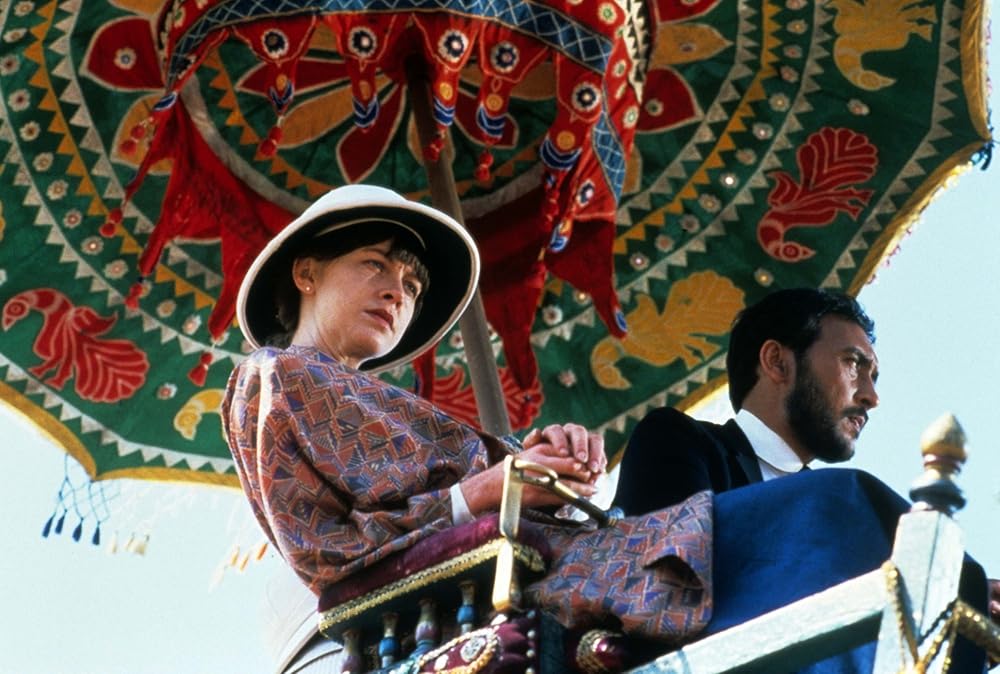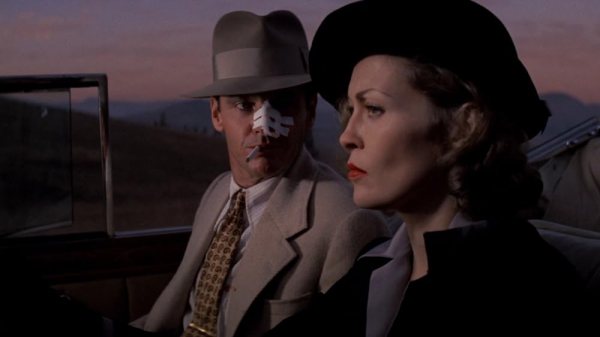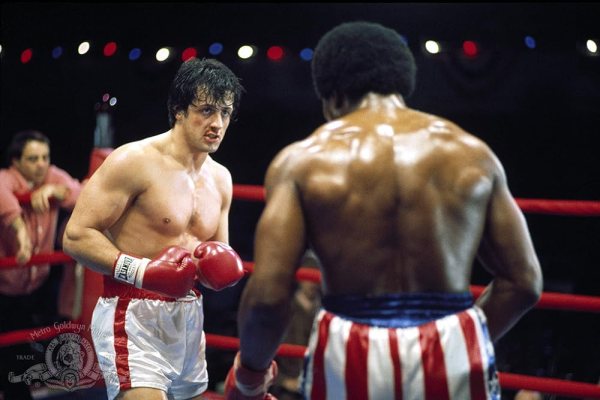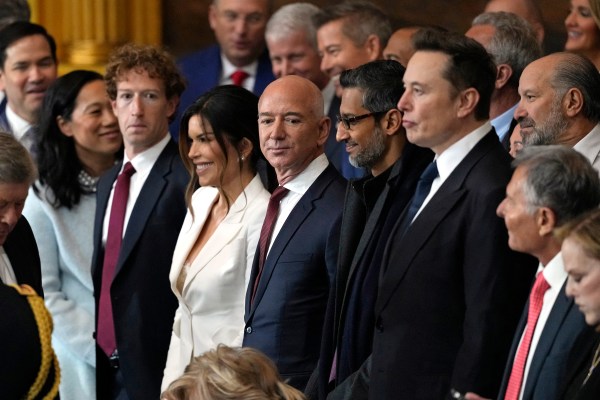In 1984, acclaimed filmmaker David Lean—the director of such undisputed triumphs as Lawrence of Arabia, and Doctor Zhivago—blessed the world with one more Academy Award-winning masterpiece: the too-often-forgotten A Passage to India. Based on the 1924 novel by E.M. Forster, the film takes place in a fictional town during the middle of the Indian independence movement in the 1920s. Shot with a grand cinematography, it features ancient mosques, Hindu ruins, and the massive scale of the Indian countryside. But even more, it showcases well-written characters that quite clearly are part of important events, even if they don’t always know it.
The main conflict in A Passage to India is between the British Raj (meaning the direct rule of India by the British crown, which lasted from 1858 until 1947) and the Indian people. The political discord is indeed key to fully understanding the film. But the heart of A Passage to India is more about human frailty, misunderstanding, and conflicted allegiances of unique individuals than about the politics of the time. Perhaps for this reason it still seems quite relevant today.
Over tea, Dr. Aziz Ahmed, an Indian physician and a widower who, according to one of his friends, “sends his children nearly his entire salary and lives like a low-grade clerk,” meets with a young British woman named Miss Adela Quested, her friend Mrs. Moore, the elderly mother of the local magistrate (who Quested is slated to marry), and Professor Godbole, a Hindu mystic. Aziz then fatefully proposes to take everyone on a weekend expedition to local caves. This leads to disaster. Aziz and Quested take a stroll and find themselves alone in a cave.
Accusations fly. Quested charges the local physician with attempted rape.
We are never shown what happens, but the evidence against Aziz is scant. Yet that seems to impact the ruling British public opinion little, however. “Our respectable doctor was fixing up to see tarts in Calcutta,” says the superintendent of police, based on an innocuous letter from Aziz to a friend who apparently runs a brothel.
But Professor Richard Fielding, a mild-mannered British academic and friend of Aziz, is unimpressed by those allegations. “You may have the right to throw stones at a man for that, but I haven’t,” he tells the superintendent. The latter just looks down, with a clear message: We’ll throw stones at “them” but not “us.”
And in arguably the most important moment in the film, Fielding publicly declares his support for Aziz, standing up in his social guild. “I believe Dr. Aziz is innocent,” he proclaims. “I will await the verdict of the court. If he is found guilty, I shall resign from the college and leave India. I resign from the club now.” With these words, Fielding is doing more than resigning from a civic institution—he’s almost abdicating his own civilization.
Of course, many Indians share mirror images of British prejudices. In an earlier moment in the film, Aziz and his friend are almost run down by a car carrying an unconcerned Mr. Turton, the local administrator of the British Raj, who is escorting Quested and Mrs. Moore.
“They are all the same! I give any Englishman two years,” declares Aziz. His friend claims the women are worse. Aziz agrees, saying they turn bad in six months.
Yet Aziz later sheds his prejudice. Moore, appalled by how her fellow Brits treat Indians, makes a late-night visit to an ancient mosque where Aziz is meditating alone. He is genuinely touched by Moore’s curiosity, sensitivity, and kindness toward him.
A terrifying courtroom scene later shows Judge Das, an Indian allied with the British, sweating profusely as he tries, desperately, to find a way out of the social, legal, and political predicament he is in. British society considers a conviction preordained, while massive mobs of Indians outside protest for both the innocence of Aziz and against the legitimacy of British rule itself.
But the resolution comes from an earth-shattering revelation: When Quested takes the stand, she tearfully announces that she’s made a mistake. “I withdraw everything,” she says. Judge Das, relieved, responds, “The prisoner is released without one stain on his character!”
This sets off the true conflict the film has been building toward. Fielding, who alienated himself from his own society in defending Aziz, comments that Quested “had the entire British Raj pushing her on. But when she saw she was wrong, she stopped and sent the whole thing to smithereens. I wouldn’t have had the courage.” Fielding protects Quested from an angry and potentially violent Indian mob, which carries Aziz off on its shoulders.
Aziz, unsurprisingly, thinks differently. He asks why he was publicly humiliated and almost imprisoned solely because Quested “got too much sun?” When Fielding asks him—now a national hero dressed in the garb of an Indian Muslim rather than a Western doctor—to withdraw a pending lawsuit against Quested for damages, Aziz erupts. “In the end, you English always stick together! I want to have nothing more to do with any of you,” he tells his former ally.
Today, the British Raj that split the protagonists in A Passage to India apart is long since gone. But religious and ethnic divisions continue to spark conflict. Seeing points of view different from those closest to us, particularly when tensions are heightened, remains difficult.
Contemporary Indian politics have always been messy, but especially so in recent years. India’s previous majority political party, BJP, has held power since 2014 and is strongly identified with India’s Hindu majority. But after the most recent election, the BJP will be forced to find common cause with minority parties, backed in significant part by India’s large Muslim minority, after the BJP lost its absolute majority.
This will not be easy. The Muslim minority and its allies have long accused the BJP of being indifferent to the interests of Muslims and even of inciting violence against them. The Hindu majority, for its part, has decried Muslims for working too closely with extremist groups in their own midst, such as Jamaat-e-Islami, which has reportedly worked directly with terrorist entities emanating from India’s archenemy, Pakistan. This is a plausible accusation given that prominent scholars have shown clear links between targeted killings in the disputed region of Kashmir, and Jamaat-e-Islami, among other extremist movements at home and across the border.
More complicated still: Shia Muslims accuse Sunni Muslims in the Indian state of Jammu and Kashmir of wanting to establish a “radical Sunni Muslim Caliphate on lines of what ISIS has done in the Middle East or what Taliban did in Afghanistan.” But, of course, some Shia Muslims in India seem to be in league with Iran, and some are all too willing to accept Iran’s interference. None of this is clear-cut.
The current political situation in India, and even the ethnic makeup when you remove the British, is very different than it was 100 years ago. And yet divisions and misunderstandings, so central to the human condition depicted in A Passage to India, endure. And it remains understandable, at a personal level, that even well-meaning people can come to loathe their political or social opponents. It is easy to see the same kind of issues playing out if a Hindu were to take the side of a Muslim in such a dispute, or vice versa (or, perhaps in an American setting, a Republican were to take the side of a Democrat).
But that’s not how the film ends. Fielding eventually returns to Britain, where he marries Moore’s youngest daughter. This is a retreat, but not a surrender. Aziz, similarly, lives in self-imposed exile in Kashmir, where there are few British.
Years later, Fielding travels to Kashmir, and, with the help of Godbole, reconciles with Aziz. With the passage of time, Aziz is able to see the other side. “It has taken all this time for me to appreciate your courage,” Aziz even writes to Quested. “Because of you, I’m happy here with my children instead of in prison.”
To be sure, this is not a triumph. But it’s not a defeat, either. Fielding and Aziz have both matured. Their hearts have changed. And maybe, in a small way, so have the hearts of their communities.
It is not much, but 40 years since its theatrical release, A Passage to India suggests that perhaps it is enough.









Please note that we at The Dispatch hold ourselves, our work, and our commenters to a higher standard than other places on the internet. We welcome comments that foster genuine debate or discussion—including comments critical of us or our work—but responses that include ad hominem attacks on fellow Dispatch members or are intended to stoke fear and anger may be moderated.
With your membership, you only have the ability to comment on The Morning Dispatch articles. Consider upgrading to join the conversation everywhere.